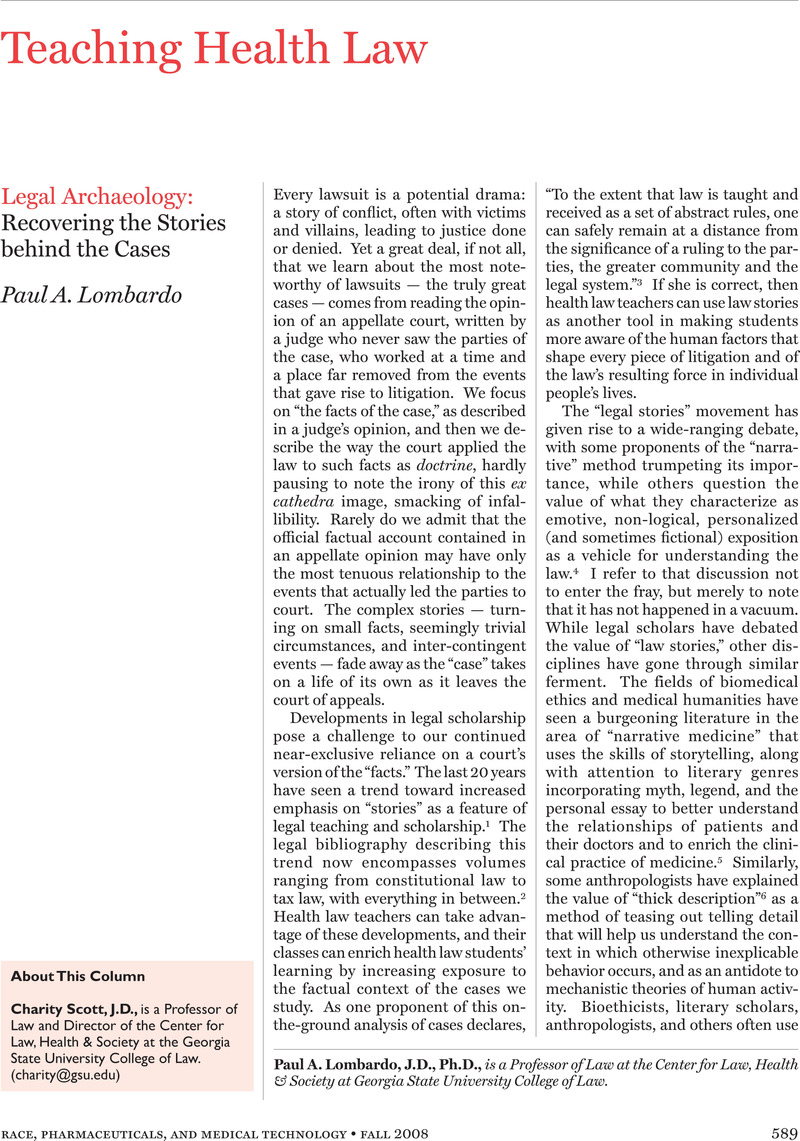A series of articles by Gene Teitelbaum identified the location of most state and federal court documents as of the 1980s. See
Teitelbaum, G.,
“United States Supreme Court Briefs and Records: An Updated Union List,” Legal Reference Services Quarterly 2, no.
1 (
1982):
9–
46;
Teitelbaum, G., “United States Courts of Appeals Briefs and Records: An Updated Union List,”
Legal Reference Services Quarterly 3, no. 3 (1983): 67–85;
Teitelbaum, G., “State Courts of Last Resort's Briefs and Records: An Updated Union List,”
Legal Reference Services Quarterly 5, no. 4 (1985): 187–228; and
Teitelbaum, G., “Intermediate Appellate State Courts’ Briefs and Records: An Updated Union List,”
Legal Reference Services Quarterly 8, no. 4 (1988): 159–207. See also
Federal Court Records: A Select Catalogue of National Archives Microfilm Publications, National Archives Trust Fund Board, Washington D.C., 1991. Since the inception of electronic record-keeping, many courts have begun to accept filings online, and much is available in digital format; for example, see <
http://www.oyez.org/> (last visited June 24, 2008) for U.S. Supreme Court records.
CrossRefGoogle Scholar
